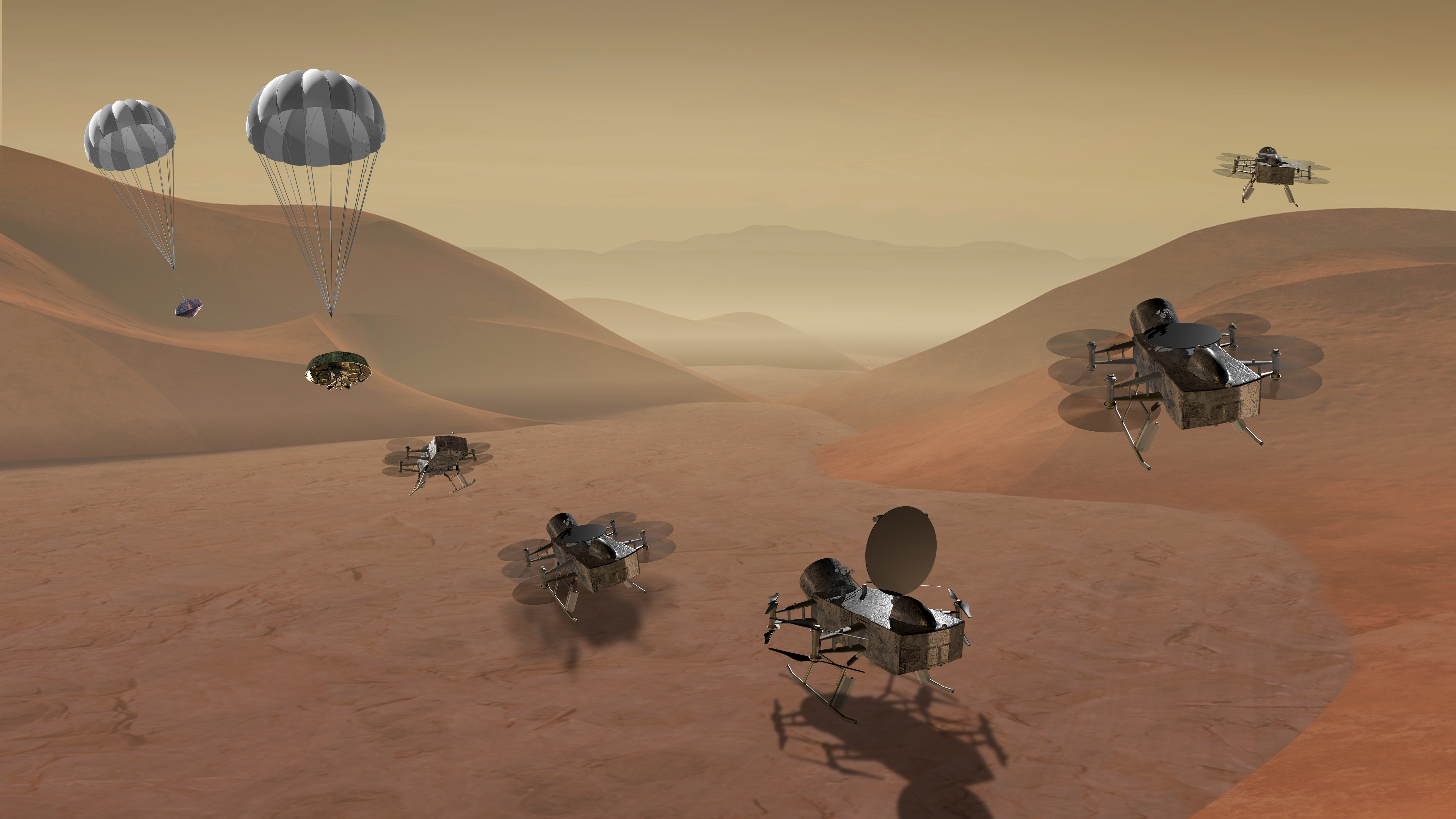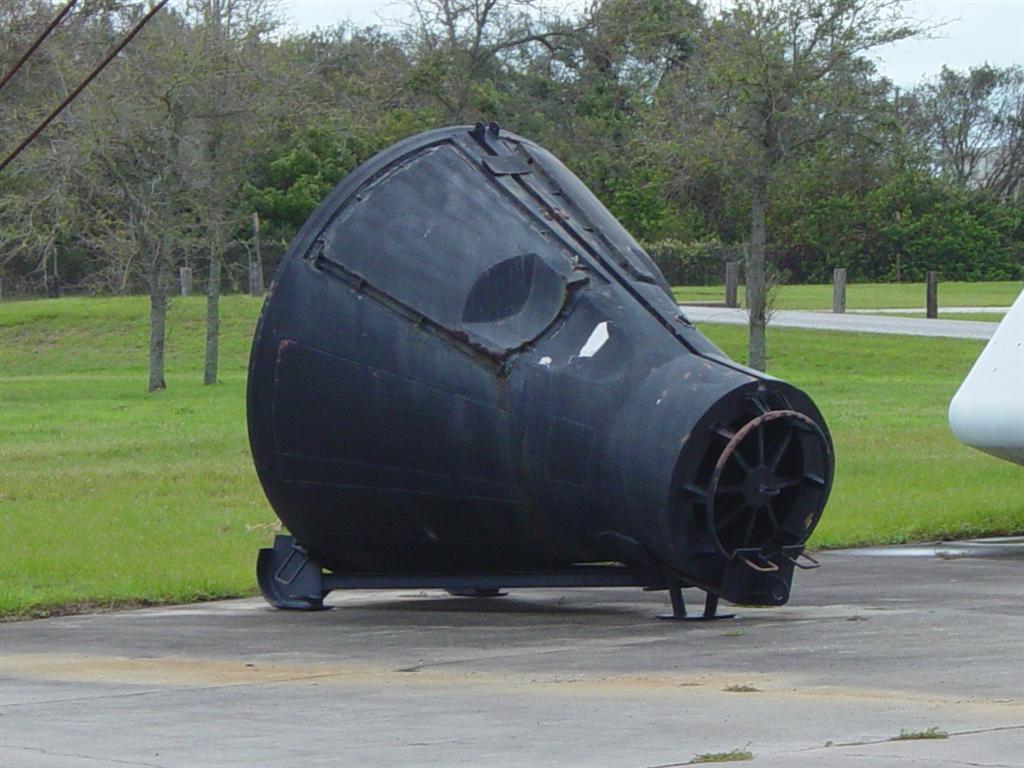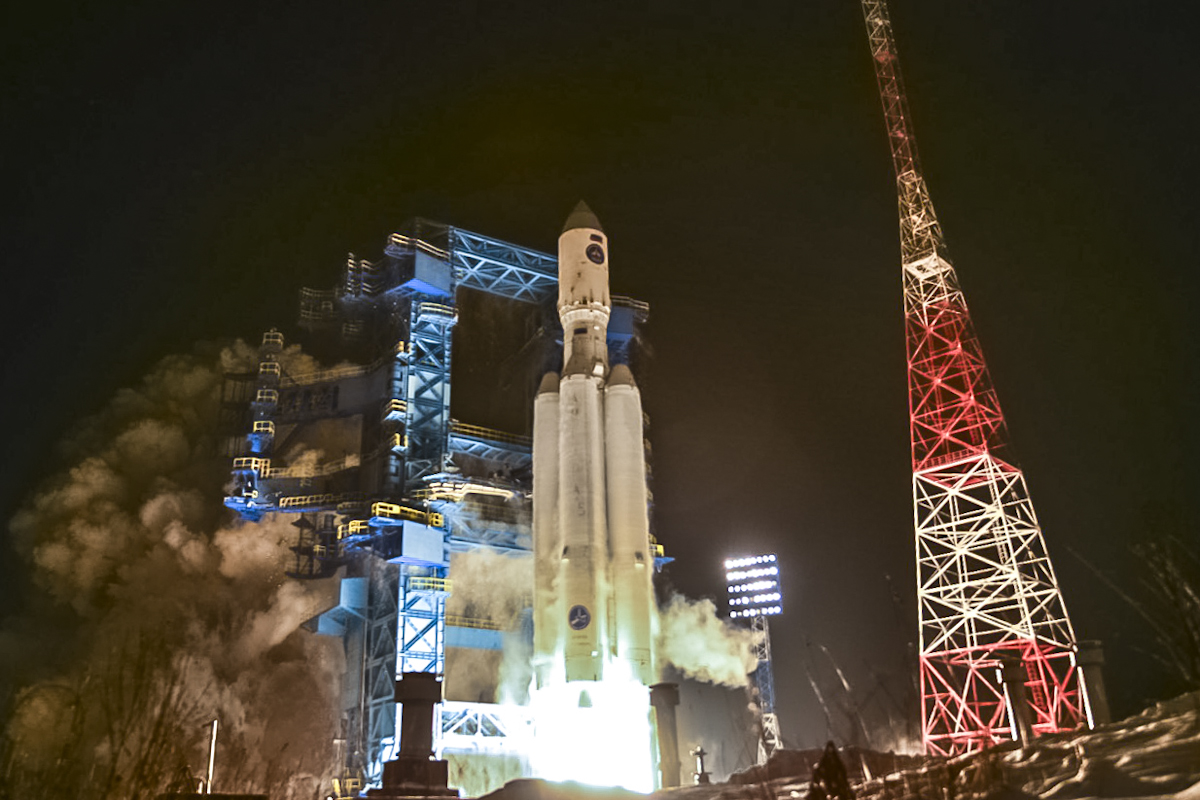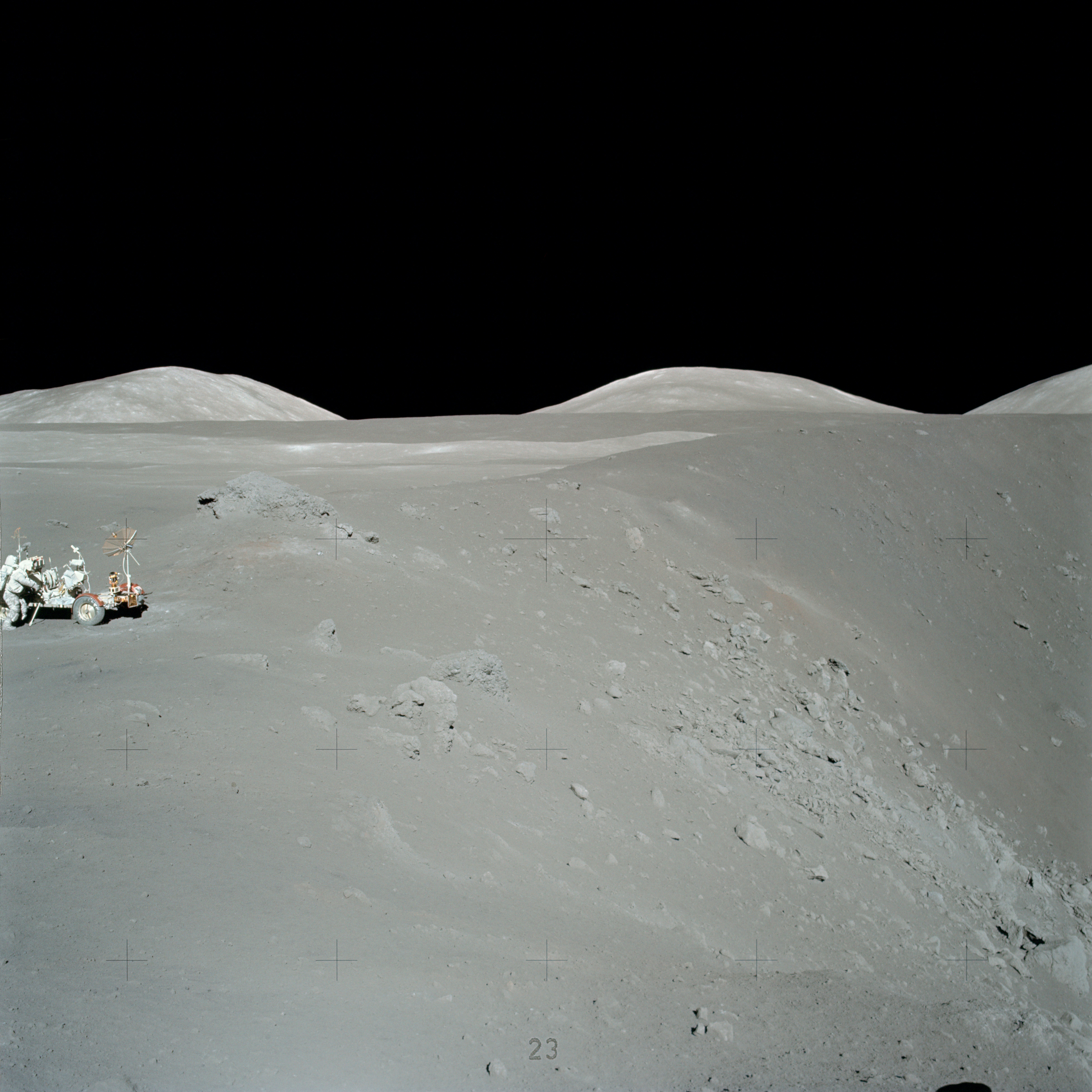|
2027 In Spaceflight
This article documents expected notable spaceflight events during the year 2027. NASA plans to launch Dragonfly, a robotic rotorcraft probe which will explore Saturn's moon Titan. China plans to launch the eXTP X-ray observatory. Orbital launches , colspan=8 style="background:white;", June , - , colspan=8 style="background:white;", To be determined , - Suborbital flights Deep-space rendezvous Extravehicular activities (EVAs) Orbital launch statistics By country For the purposes of this section, the yearly tally of orbital launches by country assigns each flight to the country of origin of the rocket, not to the launch services provider or the spaceport. For example, Soyuz launches by Arianespace in Kourou are counted under Russia because Soyuz-2 Soyuz-2 (GRAU index 14A14) is a modernized version of the Soviet Soyuz rocket. In its basic form, it is a three-stage launch ve ... [...More Info...] [...Related Items...] OR: [Wikipedia] [Google] [Baidu] |
Dragonfly (spacecraft)
''Dragonfly'' is a planned spacecraft and NASA mission, which will send a robotic rotorcraft to the surface of Titan, the largest moon of Saturn. It would be the first aircraft on Titan and is intended to make the first powered and fully controlled atmospheric flight on any moon, with the intention of studying prebiotic chemistry and extraterrestrial habitability. It will then use its vertical takeoffs and landings (VTOL) capability to move between exploration sites.Dragonfly: Exploring Titan's Prebiotic Organic Chemistry and Habitability E. P. Turtle, J. W. Barnes, M. G. Trainer, R. D. Lorenz, S. M. MacKenzie, K. E. Hibbard, D. Adams, P. Bedini, J. W. Langelaan, K. Zacny, and the Dragonfly Team ''Lunar and Planetary Science Conference 2017'' [...More Info...] [...Related Items...] OR: [Wikipedia] [Google] [Baidu] |
DM-03
The Blok DM-03 (russian: Блок ДМ-03 meaning ''Block DM-03''), GRAU index ''11S861-03'', is a Russian upper stage used as an optional fourth stage on the Proton-M heavy-lift rocket. Three have been launched, the first in December 2010; the first two launches failed before fourth stage ignition, the first as a result of a problem with the Blok DM's fuel load. Initial versions of the Blok DM-03 are powered by a single RD-58M engine, burning RG-1 and liquid oxygen. The last evolution is powered by the improved RD-58MF, a less powerful but more efficient evolution of the venerable engine. It can carry 25% more propellant than the Blok DM-2, which it replaced as a Proton upper stage for some government launches. However most government launches and all commercial missions use the Briz-M instead. The payloads for the first two Blok DM-03 launches were groups of three Uragan-M satellites for the GLONASS programme, with further missions slated to carry three more Uragan- ... [...More Info...] [...Related Items...] OR: [Wikipedia] [Google] [Baidu] |
Boilerplate (spaceflight)
A boilerplate spacecraft, also known as a mass simulator, is a nonfunctional craft or payload that is used to test various configurations and basic size, load, and handling characteristics of rocket launch vehicles. It is far less expensive to build multiple, full-scale, non-functional boilerplate spacecraft than it is to develop the full system (design, test, redesign, and launch). In this way, boilerplate spacecraft allow components and aspects of cutting-edge aerospace projects to be tested while detailed contracts for the final project are being negotiated. These tests may be used to develop procedures for mating a spacecraft to its launch vehicle, emergency access and egress, maintenance support activities, and various transportation processes. Boilerplate spacecraft are most commonly used to test crewed spacecraft; for example, in the early 1960s, NASA performed many tests using boilerplate Apollo spacecraft atop Saturn I rockets, and Mercury spacecraft atop Atlas rocke ... [...More Info...] [...Related Items...] OR: [Wikipedia] [Google] [Baidu] |
Flight Test
Flight testing is a branch of aeronautical engineering that develops specialist equipment required for testing aircraft behaviour and systems. Instrumentation systems are developed using proprietary transducers and data acquisition systems. Data is sampled during the flight of an aircraft, or Atmosphere of Earth, atmospheric testing of launch vehicles and Reusable launch vehicle, reusable spacecraft. This data is validated for accuracy and analyzed before being passed to specialist engineering groups for further analysis to Verification and validation, validate the design of the vehicle. The flight test phase accomplishes two major tasks: 1) finding and fixing any Aeronautics, design problems and then 2) verification and validation, verifying and documenting the vehicle capabilities for government certification or customer acceptance. The flight test phase can range from the test of a single new system for an existing vehicle to the complete development and certification of a ... [...More Info...] [...Related Items...] OR: [Wikipedia] [Google] [Baidu] |
Human Spaceflight
Human spaceflight (also referred to as manned spaceflight or crewed spaceflight) is spaceflight with a crew or passengers aboard a spacecraft, often with the spacecraft being operated directly by the onboard human crew. Spacecraft can also be remotely operated from ground stations on Earth, or autonomously, without any direct human involvement. People trained for spaceflight are called astronauts (American or other), ''cosmonauts'' (Russian), or ''taikonauts'' (Chinese); and non-professionals are referred to as spaceflight participants or ''spacefarers''. The first human in space was Soviet cosmonaut Yuri Gagarin, who launched as part of the Soviet Union's Vostok program on 12 April 1961 at the beginning of the Space Race. On 5 May 1961, Alan Shepard became the first American in space, as part of Project Mercury. Humans traveled to the Moon nine times between 1968 and 1972 as part of the United States' Apollo program, and have had a continuous presence in space for on the ... [...More Info...] [...Related Items...] OR: [Wikipedia] [Google] [Baidu] |
Low Earth Orbit
A low Earth orbit (LEO) is an orbit around Earth with a period of 128 minutes or less (making at least 11.25 orbits per day) and an eccentricity less than 0.25. Most of the artificial objects in outer space are in LEO, with an altitude never more than about one-third of the radius of Earth. The term ''LEO region'' is also used for the area of space below an altitude of (about one-third of Earth's radius). Objects in orbits that pass through this zone, even if they have an apogee further out or are sub-orbital, are carefully tracked since they present a collision risk to the many LEO satellites. All crewed space stations to date have been within LEO. From 1968 to 1972, the Apollo program's lunar missions sent humans beyond LEO. Since the end of the Apollo program, no human spaceflights have been beyond LEO. Defining characteristics A wide variety of sources define LEO in terms of altitude. The altitude of an object in an elliptic orbit can vary significantly along the orbit. ... [...More Info...] [...Related Items...] OR: [Wikipedia] [Google] [Baidu] |
Orel (spacecraft)
Orel (russian: Орёл, , Eagle) or Oryol, formerly Federation (russian: Федерация, Federatsiya}), and PPPTS (russian: Перспективная Портативный Пилотируемая Транспортная Система, Perspektivnaya Portativnyy Pilotiruemaya Transportnaya Sistema, Prospective Portable Piloted Transport System), is a project by Roscosmos to develop a new-generation, partially reusable crewed spacecraft. Until 2016, the official name was (russian: Пилотируемый Транспортный Корабль Нового Поколения, , New Generation Piloted Transport Ship) or PTK NP. The goal of the project is to develop a next-generation spacecraft to replace the Soyuz spacecraft developed by the former Soviet Union to support low Earth orbit and lunar operations. It is similar in function to the US Orion or Commercial Crew Development spacecraft. The PPPTS project was started following a failed attempt by Russia and the ... [...More Info...] [...Related Items...] OR: [Wikipedia] [Google] [Baidu] |
Angara (rocket Family)
The Angara rocket family (Russian: Ангара) is a family of launch vehicles being developed by the Moscow-based Khrunichev State Research and Production Space Center. The launch vehicles are to put between and into low Earth orbit and are intended, along with Soyuz-2 variants, to replace several existing launch vehicles. History After the dissolution of the Soviet Union, many formerly Soviet launch vehicles were built in or required components from companies now located in Ukraine, such as Yuzhnoye Design Bureau, which produced Zenit-2, and Yuzhmash, which produced Dnepr and Tsyklon. Additionally, the Soviet Union's main spaceport, Baikonur Cosmodrome, was located in Kazakhstan, and Russia encountered difficulties negotiating for its use. This led to the decision in 1992 to develop a new entirely Russian launch vehicle, named Angara, to replace the launch vehicles now built outside of the country, and ensure Russian access to space without Baikonur. It was decided that ... [...More Info...] [...Related Items...] OR: [Wikipedia] [Google] [Baidu] |
Sample-return Mission
A sample-return mission is a spacecraft mission to collect and return samples from an extraterrestrial location to Earth for analysis. Sample-return missions may bring back merely atoms and molecules or a deposit of complex compounds such as loose material and rocks. These samples may be obtained in a number of ways, such as soil and rock excavation or a collector array used for capturing particles of solar wind or cometary debris. Nonetheless, concerns have been raised that the return of such samples to planet Earth may endanger Earth itself. To date, samples of Moon rock from Earth's Moon have been collected by robotic and crewed missions, the comet Wild 2 and the asteroids 25143 Itokawa and 162173 Ryugu have been visited by robotic spacecraft which returned samples to Earth, and samples of the solar wind have been returned by the robotic ''Genesis'' mission. Samples from the asteroid 101955 Bennu are en route back to Earth and are expected to arrive in September 2023. I ... [...More Info...] [...Related Items...] OR: [Wikipedia] [Google] [Baidu] |
Lunar Lander
A lunar lander or Moon lander is a spacecraft designed to land on the surface of the Moon. As of 2021, the Apollo Lunar Module is the only lunar lander to have ever been used in human spaceflight, completing six lunar landings from 1969 to 1972 during the United States' Apollo Program. The design requirements for these landers depend on factors imposed by the payload, flight rate, propulsive requirements, and configuration constraints. Other important design factors include overall energy requirements, mission duration, the type of mission operations on the lunar surface, and life support system if crewed. The relatively high gravity and lack of lunar atmosphere negates the use of aerobraking, so a lander must use propulsion to decelerate and achieve a soft landing. Several studies indicate the potential for both scientific and technological benefits from sustained lunar surface exploration that would culminate in the utilization of lunar resources, or in the development of ... [...More Info...] [...Related Items...] OR: [Wikipedia] [Google] [Baidu] |
Selenocentric Orbit
In astronomy, lunar orbit (also known as a selenocentric orbit) is the orbit of an object around the Moon. As used in the space program, this refers not to the orbit of the Moon about the Earth, but to orbits by spacecraft around the Moon. The altitude at apoapsis (point farthest from the center of attraction) for a lunar orbit is known as apolune, apocynthion, or aposelene, while the periapsis (point closest to the center of attraction) is known as perilune, pericynthion, or periselene, from names or epithets of the moon goddess. Lunar orbit insertion (LOI) is the adjustment to achieve lunar orbit, as undertaken by Apollo spacecraft for example. Low lunar orbit (LLO) are orbits below altitude. They have a period of about 2 hours. They are of particular interest in exploration of the Moon, but suffer from gravitational perturbation effects that make most unstable, and leave only a few orbital inclinations possible for indefinite '' frozen orbits'', useful for long-term stays i ... [...More Info...] [...Related Items...] OR: [Wikipedia] [Google] [Baidu] |
Luna 28 Luna 28 (Luna Resource 2 or Luna-Grunt rover) is a proposed sample-return mission from the south polar region of the Moon. Lunar and Planetary Institute 2018 |








